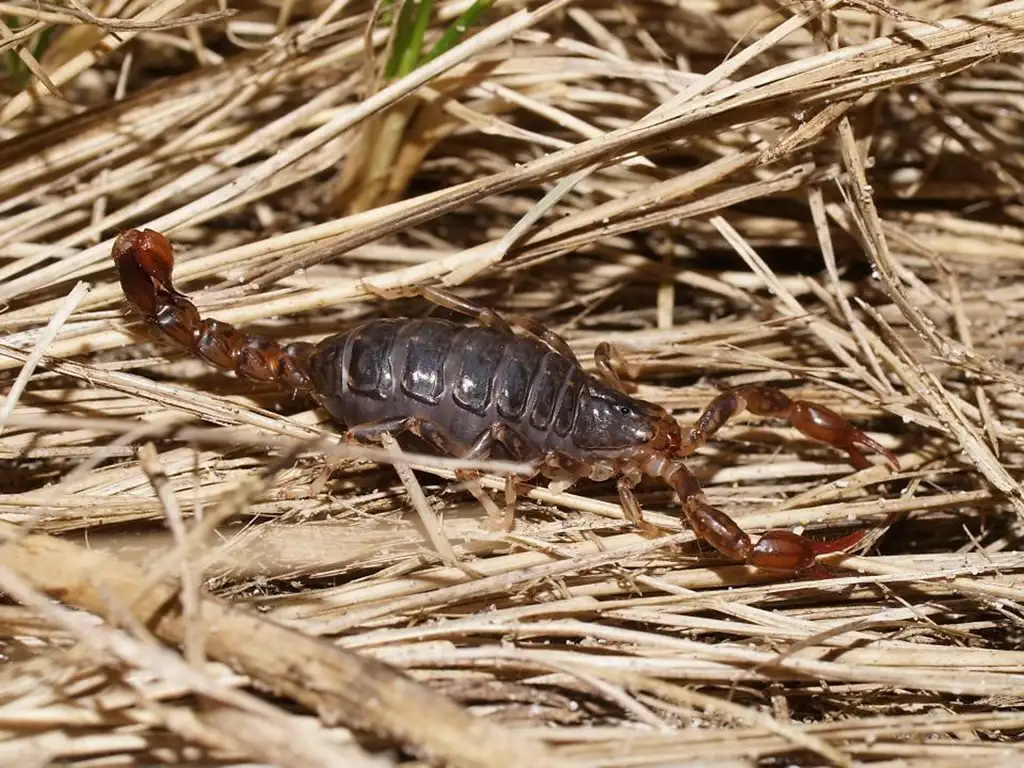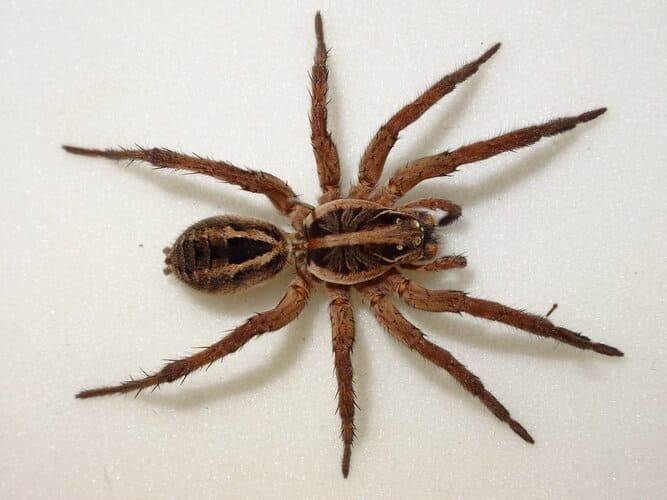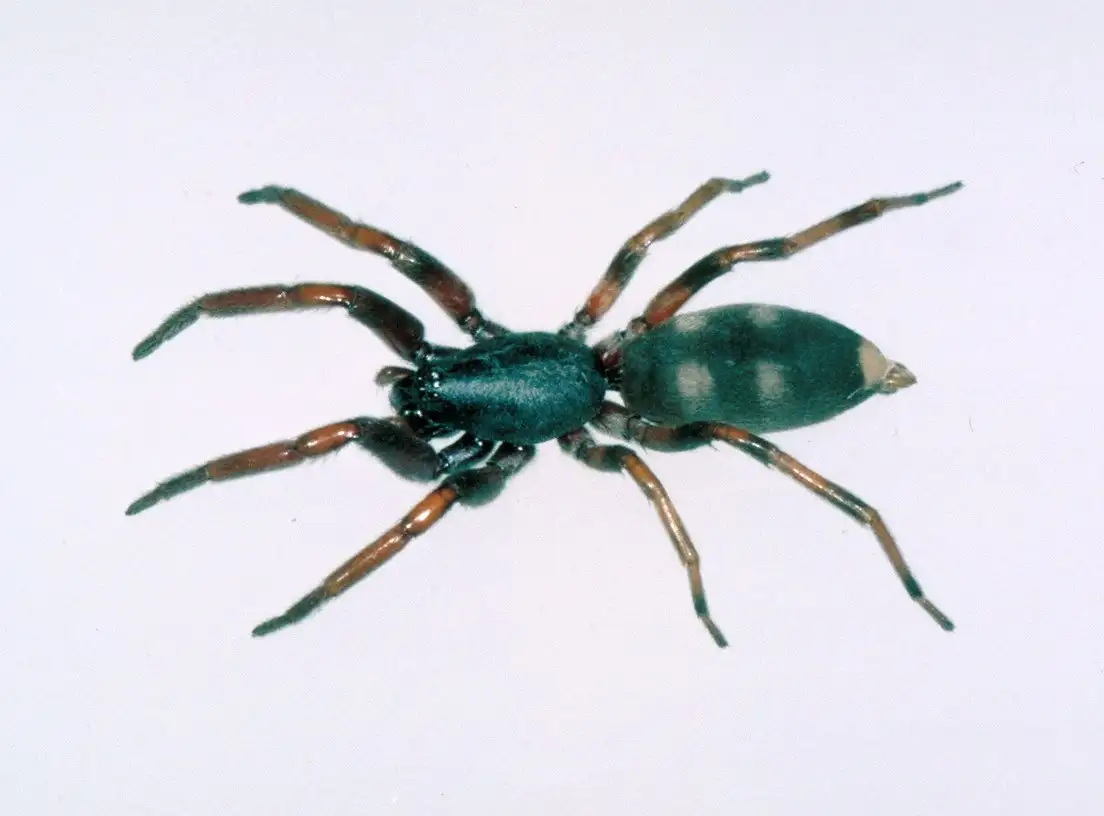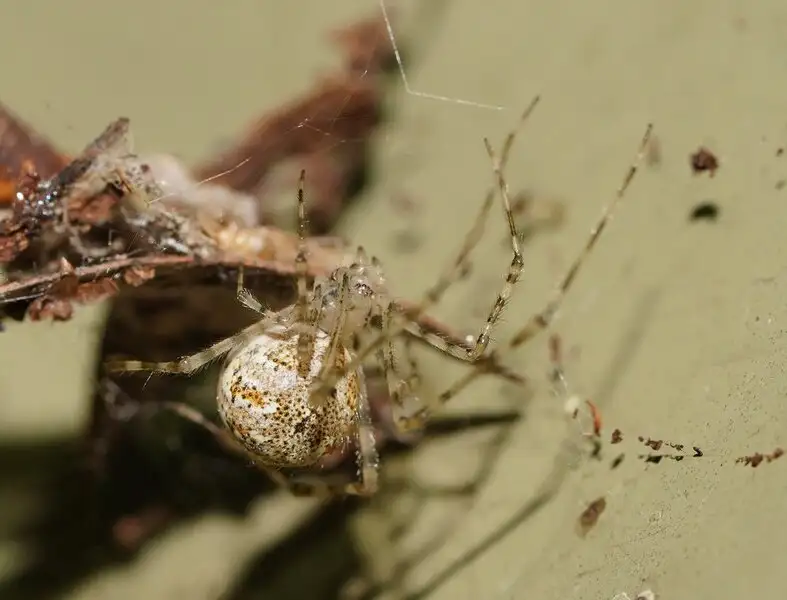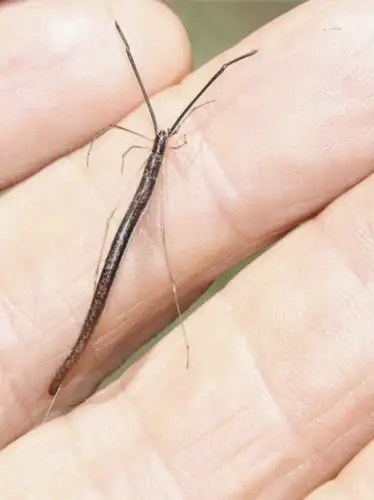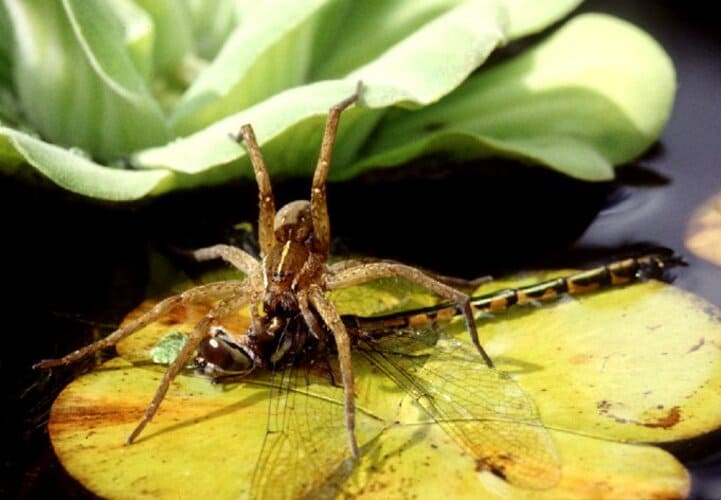Wood or Forest Scorpion
IUCN
LCBasic Information
Scientific classification
- name:Wood or Forest Scorpion
- Scientific Name:Order Scorpiones – forest- and wood-dwelling scorpions (e.g. Heterometrus spp., Cercophonius squama)
- Outline:Arthropoda
- Family:Scorpiones Forest scorpion
Vital signs
- length:Most species referred to as wood or forest scorpions are around 3–12 cm in total length, with some tropical forest species exceeding 10 cm
- Weight:Mass varies from a few grams to several tens of grams depending on species and body size; medium-sized terrestrial predators
- lifetime:Many scorpions live several years in the wild, with some forest species reaching 3–5 years or more under favourable conditions
Feature
Forest- and woodland-dwelling scorpions that hide under bark, stones and logs by day and hunt insects and other arthropods on the forest floor at night, with typical pincers and a stinging tail.
Distribution and Habitat
Tropical, subtropical and some temperate forests and woodlands worldwide, especially in humid, sheltered microhabitats rich in leaf litter, rocks and fallen timber.
Appearance
Brown to dark scorpions with robust pincers and a segmented tail ending in a stinger; colours and patterns blend with bark, soil and leaf litter and they fluoresce blue-green under UV light.
Details
Wood or Forest scorpions.html">Scorpions are not a single species but a loose group of scorpions that live mainly in forests, woodlands and environments rich in leaf litter and fallen logs. Depending on the region, the name may refer to different taxa, for example:
large Asian forest scorpions of the genus Heterometrus that inhabit tropical rainforests;
the Australian wood scorpion Cercophonius squama found in temperate forests and rocky hills;
other small to medium-sized scorpions that prefer wooded habitats and rotting wood.
This article treats “Wood / Forest Scorpion” as an ecological type of scorpion associated with forest and wood-rich environments rather than a single defined species.
Taxonomy & Names
Common English names: Wood Scorpion, Forest Scorpion
Representative groups: forest scorpions in the genus Heterometrus, the Australian wood scorpion Cercophonius squama, and similar forest-dwelling species
Order: Scorpiones (scorpions)
Class: Arachnida (arachnids)
Appearance
Although forest-dwelling scorpions vary widely in size and colour, they share many typical scorpion features:
Body size: most wood or forest scorpions are around 3–12 cm in length; smaller species are only a few centimetres long, while some tropical forest scorpions can exceed 10 cm;
Colouration: usually brown, dark brown or nearly black, sometimes yellow-brown or olive, matching bark, soil and dead leaves for camouflage;
Body structure: a front body region with a pair of large pincer-like pedipalps, a segmented mid-body and a distinct tail (metasoma) ending in a venomous stinger;
Pincers and tail: many forest scorpions have fairly robust pincers for grasping prey, and a tail that can arch forward to sting when defending or subduing prey;
Fluorescence: like most scorpions, forest scorpions glow blue-green under ultraviolet (UV) light, a feature commonly used by field biologists to locate them at night.
Distribution & Habitat
Wood and forest scorpions occur in a wide range of tropical, subtropical and some temperate forests:
Asian rainforests, monsoon forests and montane forests with thick leaf litter and fallen logs;
Australian eucalypt forests, foothill forests and rocky slopes with scattered trees and shrubs;
African and Central/South American tropical forests and woodland savannas;
temperate mixed and deciduous forests where suitable cover such as stones and rotting wood is available.
They prefer dark, humid, sheltered microhabitats with plenty of leaf litter, bark, rocks and logs. During the day they hide under stones, in cracks, under bark or inside decaying wood, emerging mainly at night.
Behaviour & Diet
Forest scorpions are nocturnal ground predators:
by day they remain hidden, reducing water loss and avoiding predators;
at dusk and during the night they patrol the ground, logs and tree bases in search of prey;
they use sensory hairs and organs on their legs and body to detect vibrations and chemical cues.
Their diet typically consists of:
insects such as crickets, beetles, cockroaches and moth larvae;
other arthropods including spiders, millipedes and small centipedes;
occasionally, larger individuals may take small vertebrates such as tiny lizards or frogs.
When prey is detected, a forest scorpion lunges forward, seizes it with the pincers and often delivers a sting, injecting venom before retreating to a sheltered spot to feed.
Reproduction & Young
Like all scorpions, wood and forest scorpions are viviparous – they give birth to live young rather than laying eggs:
the embryos develop inside the female, and the newborn scorplings climb onto her back immediately after birth;
the young remain on the mother’s back through their first moult or two, gaining protection and being carried to safe hiding places;
once their exoskeleton has hardened and they can hunt small prey, they disperse and begin independent lives.
This conspicuous maternal care is a hallmark of scorpion biology and is also seen in many forest species.
Venom & Human Safety
All scorpions have venom, but the potency varies greatly between species. Many small to medium-sized forest scorpions have venom that is painful but usually of mild to moderate medical significance in healthy adults:
stings commonly cause sharp pain, redness, swelling, burning or numbness at the site;
some people may experience headache, nausea or short-lived malaise;
children, the elderly and those with allergies can be more vulnerable and may show stronger reactions.
However, some scorpions that live in or near forests may belong to more dangerous venomous groups, so any wild scorpion should be treated with caution. Avoid handling them with bare hands or placing fingers into crevices where they may be hiding.
If stung by a forest scorpion, basic advice includes:
move away from the animal to avoid further stings;
wash the area with soap and water to reduce the risk of infection;
apply a cold pack to reduce pain and swelling, and avoid cutting or sucking the wound;
seek medical help promptly if severe pain, breathing difficulty, widespread symptoms or signs of allergy occur.
Ecological Role & Relationship with People
In forest ecosystems, wood and forest scorpions are important nocturnal predators that help regulate populations of insects and other arthropods. In this sense they act as natural pest controllers.
For people:
normal encounters during hiking or camping rarely lead to stings if scorpions are left undisturbed;
in forest cabins or shelters, shaking out shoes, bedding and clothing before use helps to avoid accidental contact;
deforestation and habitat fragmentation can threaten some specialised forest-dwelling species and reduce overall biodiversity.
By understanding their behaviour and ecological importance, we can both minimise the risk of stings and appreciate forest scorpions as integral members of woodland communities rather than simply as dangerous animals.
FAQ
Q1. Are wood or forest scorpions all highly venomous?
No. Venom strength varies widely. Many forest species have stings that are painful but not life-threatening to healthy adults,
although children and sensitive individuals can be more at risk. Any sting should be taken seriously and monitored.
Q2. How can I reduce the chance of being stung while camping in forests?
Wear footwear, avoid walking barefoot at night, shake out shoes, clothes and bedding before use, and avoid placing hands into
rock crevices, under logs or into holes where scorpions may hide.
Q3. Do forest scorpions actively attack humans?
They generally do not. Most scorpions prefer to hide or stay still and will sting only in self-defence when stepped on, grabbed
or trapped against the skin.
Q4. Why do scorpions glow under UV light?
Compounds in the scorpion’s exoskeleton fluoresce under ultraviolet light, causing them to glow blue-green.
Researchers use UV torches at night to locate and study scorpions in the field.


